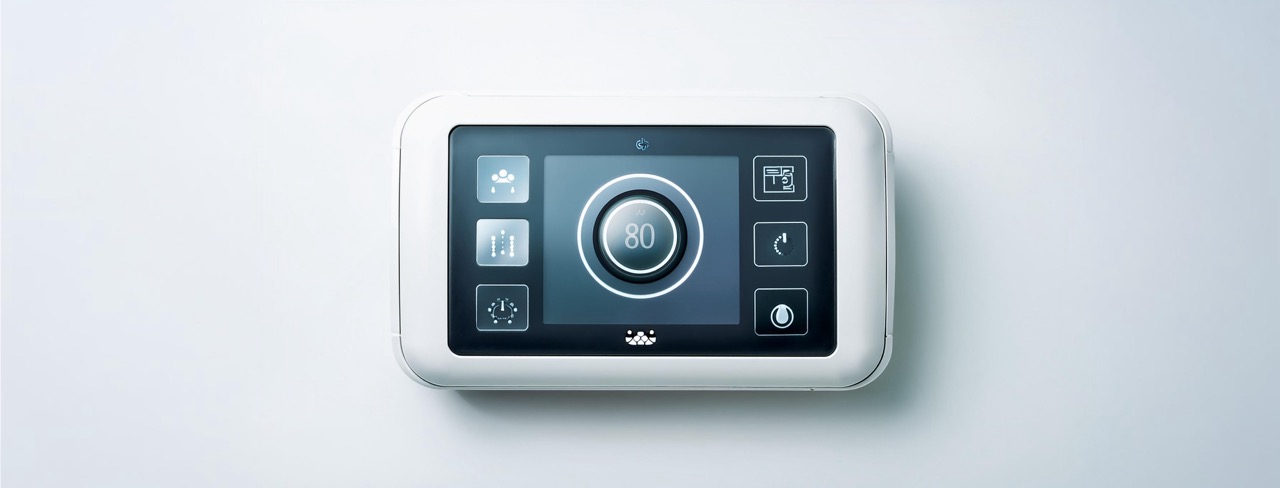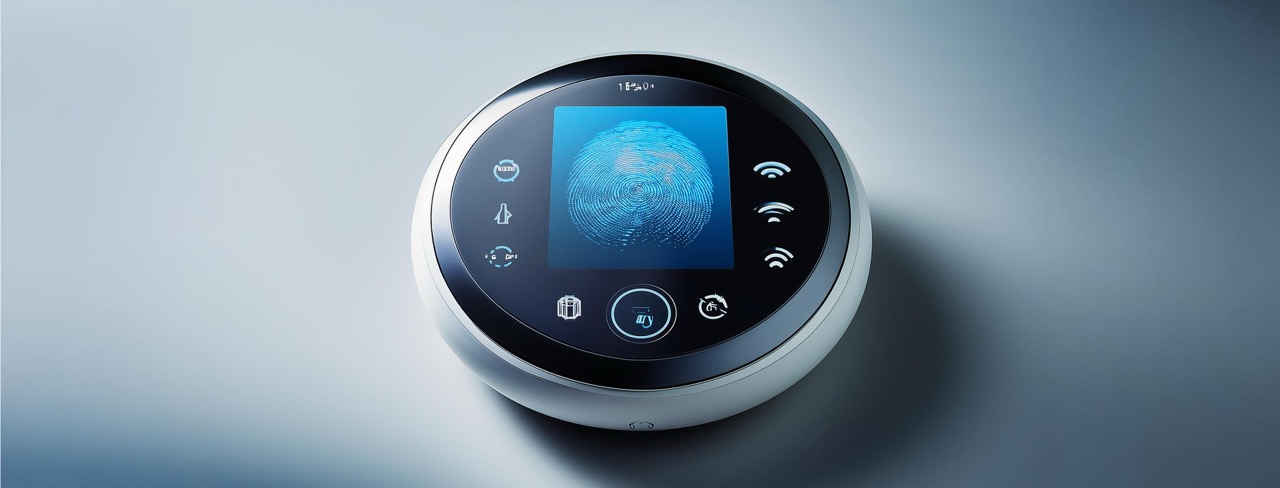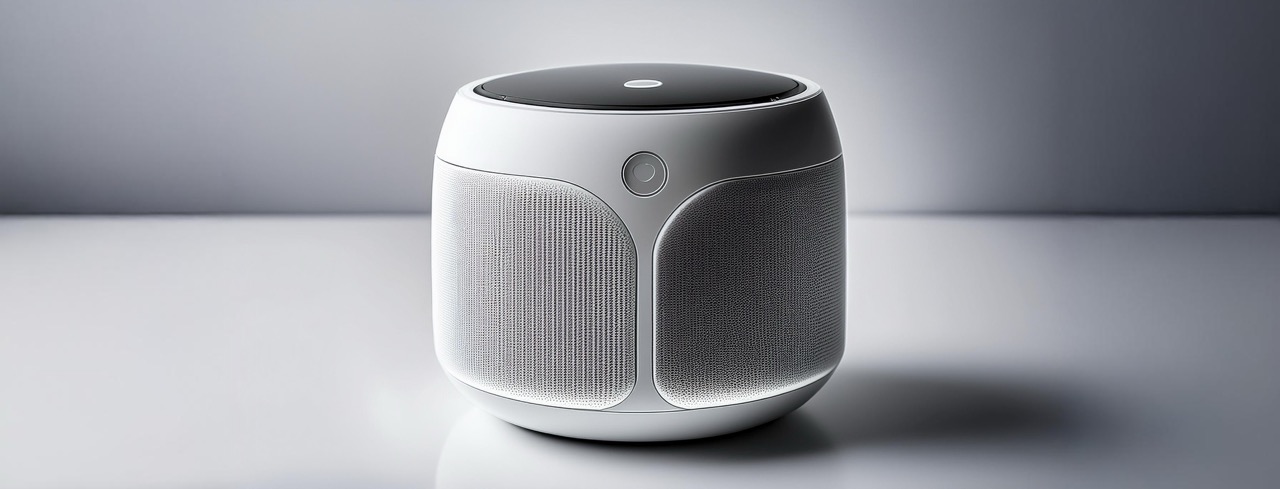| By Uday Annavarapu |
Shaping Strategies for IoT Defense
As the Internet continues to grow, it introduces new functionalities and conveniences, but also creates unique cybersecurity challenges. The Internet of Things (IoT) connects myriad devices, from everyday household instruments to industrial machinery, all communicating over the internet. However, this widespread connectivity of IoT devices creates new security risks, highlighting the need for enhanced protective measures to secure confidential information and defend against cyber threats.

Challenges in IoT Cybersecurity
One of the primary challenges in IoT cybersecurity arises from the sheer number of devices in the ecosystem. Many IoT devices function with limited processing power and memory, which limits the ability to run complex security protocols, making them easier targets for hackers. Furthermore, the diverse array of devices and manufacturers results in inconsistent security standards across platforms, potentially compromising the integrity of the entire network. Additionally, IoT devices often collect vast amounts of personal and sensitive data, making them attractive targets for cybercriminals.
Another pressing concern is that IoT devices often function autonomously, without human supervision. Automated processes, such as those in smart homes or industrial control systems, may lack continuous monitoring, leaving them susceptible to prolonged undetected breaches. Compounding these risks are insecure default settings and weak password protection.

Addressing IoT Cybersecurity Risks
To mitigate IoT cybersecurity risks, a comprehensive, multi-faceted approach is essential. Primarily, manufacturers must prioritize security in the design process, embedding robust security features into devices from inception. Crucial elements include advanced encryption protocols, secure boot mechanisms, and routine software updates. Furthermore, device manufacturers should adopt standardized security frameworks to ensure consistent protection across diverse IoT devices.
Implementing robust user authentication and access control mechanisms through identity and access management (IAM) systems is vital for IoT devices. With IAM, each device receives a unique identifier, and network access is governed by specific security policies. This approach minimizes the risk of unauthorized entry, as only verified and trusted devices can interact with the network.

Network segmentation, as seen in Zero Trust models, is another critical strategy for securing IoT devices. By partitioning a system into isolated zones, organizations can contain the impact of a compromise if a single device is breached. Continuous monitoring and real-time analytics are essential to detect anomalous behaviors and potential security incidents promptly.
Best Practices for Strengthening IoT Cybersecurity
Effective IoT cybersecurity necessitates both technical measures and organizational commitment. Enterprises must perform regular vulnerability evaluations to identify the susceptibilities within their IoT environments and develop strategies to address those weaknesses. Encrypting data at rest and in transit, updating devices regularly, and securing APIs are critical for preserving the integrity of the IoT ecosystem.

Collaboration among developers, cybersecurity experts, and regulatory authorities is essential to establishing robust security standards that protect IoT devices while fostering innovation. As the IoT landscape continues to grow, its cybersecurity measures must evolve in parallel to defend against emerging threats and ensure that both individuals and industries can securely leverage the benefits of interconnected devices. By maintaining a vigilant stance and continuously refining security strategies, both individual users and industry leaders can confidently harness the immense potential of interconnected devices without compromising their privacy or operational integrity. Ultimately, this collaborative effort serves to build public trust in IoT technologies and foster an atmosphere of responsible innovation that drives progress while prioritizing safety and data protection.

A Call to Action: Securing Our Connected Future
The rapid and exponential proliferation of IoT devices creates a multitude of cybersecurity challenges that demand immediate actions and strategic solutions. However, by implementing a proactive security framework — focused on encryption, access management, and vigilant monitoring — organizations can mitigate risks and safeguard their data. Securing the IoT landscape is of utmost importance, as vulnerabilities in these devices can have far-reaching implications across both individual and industrial domains.
It is therefore imperative that stakeholders across various industry and government sectors collaborate to develop and implement comprehensive security measures that not only protect sensitive data but also maintain the integrity and reliability of IoT networks. Failure to address these challenges proactively may result in severe consequences, ranging from data breaches and financial losses to disruptions in essential services and potential risks to public safety. By prioritizing IoT cybersecurity and investing in advanced protective technologies, organizations can foster a secure and resilient digital environment that supports innovation and promotes operational efficiency while minimizing risks.

An AI image generator was used to create the illustrations in this article. All illustrations in this article are ©Intelliwings.



